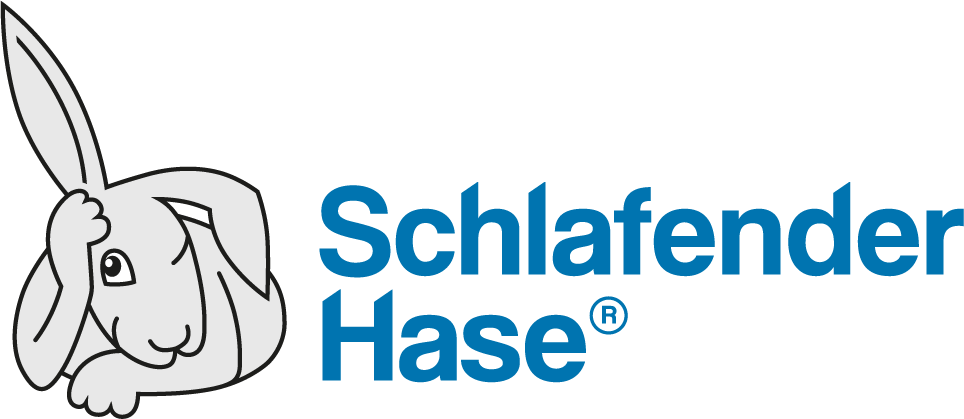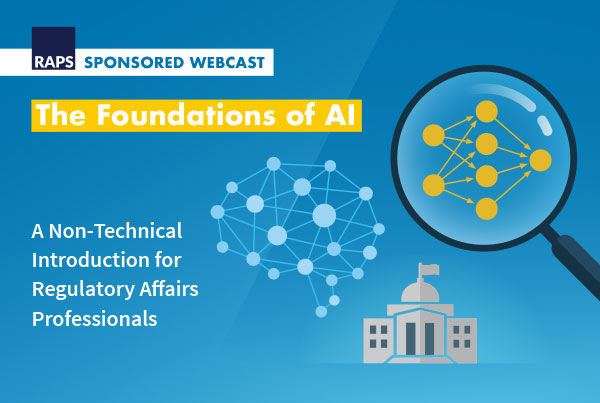A term coined almost 50 years ago, artificial intelligence (AI) was long a niche of science fiction. Late 2022, with the launch of OpenAI’s ChatGPT version 3.5, it splashed into public consciousness. Since then, the pace has picked up among businesses racing to leverage AI – or with claims of leveraging AI.
In healthcare, AI and machine learning (ML, a sub-field of AI) are finding their way into many different areas of the industry, ranging from drug discovery to marketing. So what does it mean for how we create and manage promotional material in healthcare?
What is AI anyway?
The earliest forms of AI applications simply learned algorithms which were defined by human intervention. They learned by example. This is called supervised learning.
In 2012, however, a breakthrough in machine learning came in the form of deep learning [1], with artificial neural networks (ANN) aimed at simulating how we process information as humans. [2] It is also referred to as deep learning neural networks. “As a result, deep learning has enabled task automation, content generation, predictive maintenance and other capabilities across industries.” [3]
Regulatory bodies see benefits and risks
Regulatory authorities are approaching AI with understandable caution, recognizing its obvious opportunities as well as its inherent challenges. Workshops, workplans, input and industry collaboration are high on the agenda. In the words of the US Food and drug Administration (FDA), “AI has emerged as a transformative force.” [4] In regard to AI, the FDA is seeking to create what it calls an “agile regulatory ecosystem that can facilitate innovation while safeguarding public health.” [5] Very many medical devices already use AI/ML in their software, and the FDA publishes a non-exhaustive list of these, based on publicly available information. [6]. By mid-May 2024, just under 900 were on the list. The FDA is also closely examining regulatory aspects of changes to AI-based medical device software.Meanwhile, in Europe, EMA and the heads of the national medical agencies have developed an AI workplan extending to 2028. This focuses on four key dimensions: policy and guidance, AI tools and technology, collaboration and training, and experimentation. [7, 8] EMA has also published a useful “reflection paper” on the use of Artificial Intelligence (AI) in the medicinal product lifecycle. [9]These two key regulatory bodies are therefore engaging intensively with AI, and AI is already widespread in medical device software.
Possibilities for use in regulatory advertising and promotion
No one, including the responsible regulatory bodies, can judge at this point how large language models and generative AI (AI-generated “original” content like video, audio, software code and text) [10] will change advertising and promotional practices in healthcare. Few would disagree, however, that a transformation is taking place.However, this changes nothing in the fundamental principle of promotional material in healthcare: it must be compliant. Non-compliant promotional material can result in considerable costs – to patient health but also in terms of financial costs to companies, for example under the False Claims Act in the US.The transparency of generative AI has lagged behind its development. It is only recently, for instance, that Chat GPT (in version 4o) began providing links to its online sources. And yet, AI-based workflows must be transparent, validated and verified. And effective quality steps must be integrated into all AI-based workflows to ensure compliance, whether that be during a simple request for a summary of a large document for key points and how these might apply to a product or application, predictive analysis based on large volumes of data, or a chatbot request to create a complete promotional text. Trust, faith and belief are not cornerstones of quality assurance and compliance. Output must be verified.Currently, the benefits of large language models and other AI are being most felt less in the simple generation of original content than in using big data to target customers and refine content to those targets. AI can do this faster and better than earlier methods, using predictive analytics to hyper-personalize marketing material in real time, for instance, when a customer visits a website
Some Practical Uses of AI for promotional materials:
Big Data Analysis for Targeted Marketing:
AI excels at analyzing big data, consolidating information from sources like social media and publications to help understand current trends. This capability allows for the creation of hyper-personalized promotional materials tailored to specific audiences and supports consistent and cohesive marketing. [11]
Predictive Analytics:
AI enables marketers to not only identify trends but also predict future developments. However, it raises the question of whether AI can predict sudden disruptions or breaks in trends, such as a radical paradigm shift. So-called model collapse is also a risk, whereby AI degrades over time from training on its own results.
Real-Time Content Monitoring on Websites:
In an electronic labeling ecosystem, real-time content monitoring is crucial to prevent labeling mistakes during website updates. For instance, an intern might accidentally change “mg” (milligram) to “g” (gram) during a layout adjustment. AI can monitor changes in real-time and compare them against approved content for compliance.
Regulatory tool for risk identification and assessment
Assistance in reviewing documents to identify possible risks and non-compliance. It might be used as a preliminary step before a document is forwarded to a promotional review committee (PRC), or as a PRC review tool.
AI’s Summarization Capabilities:
AI can provide accurate summarizations, which are useful for ensuring compliance with regulations, approved phrasing, and other authorized content.
Categorizing and Distilling Feedback:
AI can quickly segment and personalize feedback.
Website Chatbots
Already in use extensively today.
Translation:
AI-powered translation modules offer significant benefits beyond marketing. Advanced language models (LLMs) can translate complex texts, such as legal documents, with high accuracy and generate terminology lists quickly. These advantages are easily adaptable for promotional material.
“AI seems to be everywhere now. Looking around at some of the claims, it also seems to be able to do just about anything,” says Mike Baird, Director of Product Management at Schlafender Hase. “But, particularly in the pharma space, we know that’s not quite the reality. While some types of AI have been around in our daily lives for a while now, others are up-and-coming or still to be seen. The potential, however, is enormous, and this is currently being recognized across industry and by regulatory bodies. Now, as before, the task at hand is to apply and leverage this technology in a way that is safe, compliant and transparent within the regulatory frameworks.”
1. https://www.ibm.com/topics/deep-learning
2. https://www.ibm.com/think/topics/artificial-intelligence-types
3. https://www.ibm.com/think/topics/artificial-intelligence-types
7. https://www.ema.europa.eu/en/news/artificial-intelligence-workplan-guide-use-ai-medicines-regulation








